Valve Index Revealed: Top End Virtual Reality Headset to Ship Before July
As earlier expected, game maker Valve has today revealed its Valve Index virtual reality headset, fully detailing the headset for the first time. Valve has also revealed that the headset will cost $999 and pre-orders begin tomorrow, Wednesday 1 May 2019.
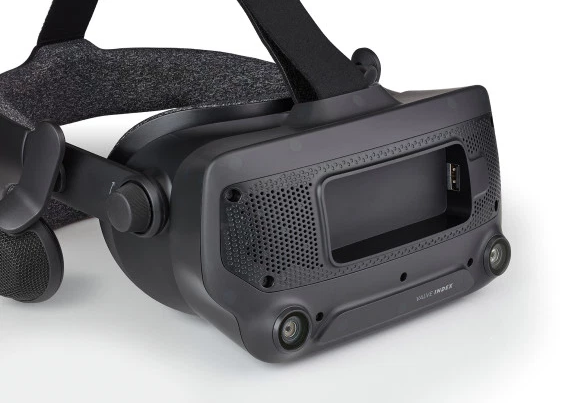
This is a very high starting price in a crowded virtual reality headset market where several players have already rolled out high-spec but fairly affordable headsets or are planning to launch the same this spring or this fall. However, to lighten the cost burden for end users, valve will allow users to buy the parts piecemeal should they need to. Valve be taking on some of the leading players in the market such as HTC, Samsung and Facebook’s Oculus with its super premium virtual reality headset.
In today’s announcement, Valve has been showing off the headset’s controllers along with base station which it will be using for room-scale tracking. Valve has also revealed that its Valve headset will be available for pre-order from tomorrow and the game maker will ship its first headset by July 1.
In the past, Valve focused its efforts on game development and its Steam online game store has been a popular fixture with many avid gamers thanks to its wildly popular adventure titles such as Portal and Half-Life. The game maker also partnered with HTC Vive for its hardware which allowed it to stream its content via HTC’s Vive VR headsets. Now Valve will have its own virtual reality headsets that will go head-to-head with some of the best devices in the market.
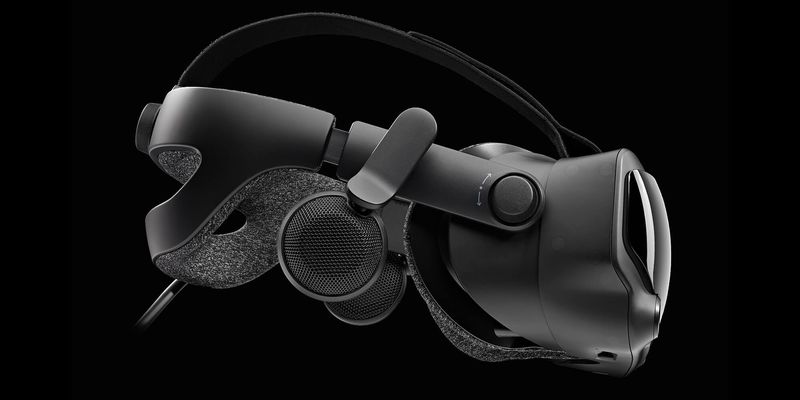
The Index headset will be compatible with all the games on Steam VR. With its impeccable specs, Valve is promising that the virtual reality headset will offer users “best-in-class visuals and audio”. The Index display is a dual 1440×1600 LCD and the headset has a framerate of 120Hz. The headset design also incorporates nearfield off-ear speakers.
The Valve Index will still offer users a tethered virtual reality experience, just like the HTC Vive which preceded it and which Valve co-designed. The tethering is through a 5-meter cable that users can plug into a high-spec gaming PC. The cable also leverages Valve’s laser-firing Lighthouse base stations in order to identify the position of the headset at any given time. Users wearing the headset will be able to walk around a room’s worth of space in virtual reality or approximately 10 square meters of area if they have four base stations. The Valve Index headset will not rely on cameras for inside-out tracking. Instead, the company has stated that the twin stereo RGB cameras in the VR headset have been designed for passthrough functionality, that is, they enable the wearer to see the real world through the virtual reality headset. They can also be used for other computer vision applications.
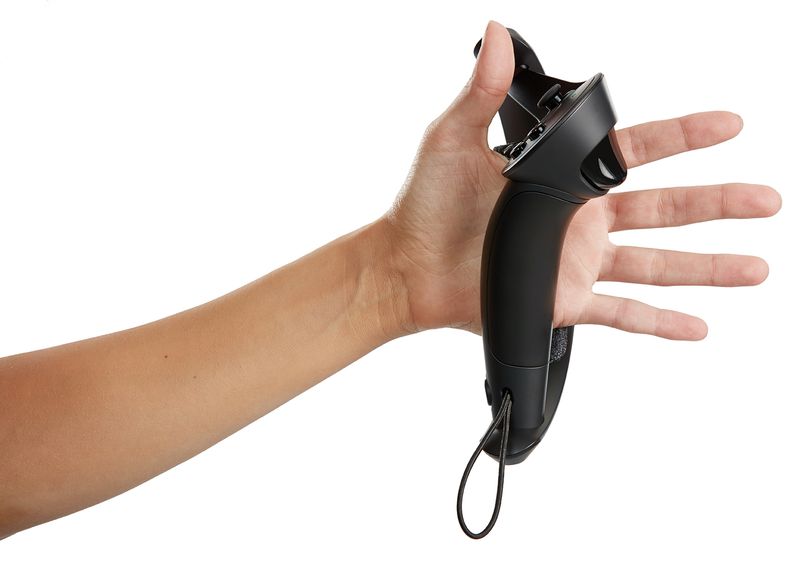
According to Valve, the Index headset is all about to delivering the highest fidelity virtual reality experience for its users with superior specifications including better lenses, screens and audio quality.
The headset utilizes a pair of 1440 x 1600 resolution RGB LCDs in contrast to the higher resolution OLED screens that are used by many of its competitors. In spite of the lower-res, Valve says its screens run much faster thanks to the 120Hz framerate which also comes with an experimental 144Hz mode. Its screens will therefore deliver a superior performance when it comes to curbing the “screen-door effect” along with the blurry persistence issue that normally emanate from headsets when you move your head. This phenomenon had been prevalent in many of the first-generation virtual reality headsets and ruined the quality of the experience.
The Index also has an IPD slider that the wearer can use for adjusting the distance between the eyes. The Valve Index lenses also offer a wider field of view which is 20-degrees wider than that of the HTC Vive.
The headphone setup is different
Earlier photo leaks of the Index headset had identified built-in headphones but Valve says those are actually speakers and not headphones! The speakers have been designed not to touch the ears of the wearer but instead fire the sound towards the user’s head. The speakers use a similar audio mechanism as that of the Microsoft HoloLens visors or the Bose AR spatial audio that we covered on the website a few weeks ago. Because there isn’t sound isolation, people around you might in theory hear the sounds coming from the headset but the upside is that there wouldn’t be much fiddling with the headset to get the audio outlets properly aligned with your ears for an optimal audio experience. The headset also includes a 3.5mm headphone jack that you can use to plug in your headsets if you are looking for better audio experience.

This is unlike most other virtual reality headsets where the headphone are attached to the headset like in the Oculus Rift or which offer a jack where the user can plug in a preferred headphone of their own such as in the HTC Vive. The Valve Index earpiece uses an audio mechanism called “near-field off-ear”. The spatial audio effect produces a more naturally-sounding audio plus you don’t have to grapple with the physical discomfort and even pain that comes with wearing headphones for longer periods of time.
You can buy it piece by piece
The whole package, including the headset, the controllers and the sensors costs $999. However, Valve can sell you all of these separately. Which means you can buy each of the pieces at a time and you don’t have to purchase them as a bundle. The headset alone costs $499, the Knuckles controllers cost $279 and a single Base Station 2 sensor goes for $149. You can also choose to buy any two pieces at a time. For example, buying a headset and a controller will set you back $749. This piecemeal buying option was perhaps introduced due to the eye-popping price of $999 for the whole package.
It makes use of Valve’s Knuckles controllers
The major VR hardware such as HTC’s Vive, Sony’s PlayStation and Facebook’s Oculus have their own specialized controllers. Valve is joining the fray with its own Knuckles controllers which, in this device, are known as the Valve Index controllers.
The Valve Index Controllers provide users with a very intuitive way of handling the virtual reality experience. The controllers will wrap around the user’s knuckles and are equipped with sensors that will the track the fingers.
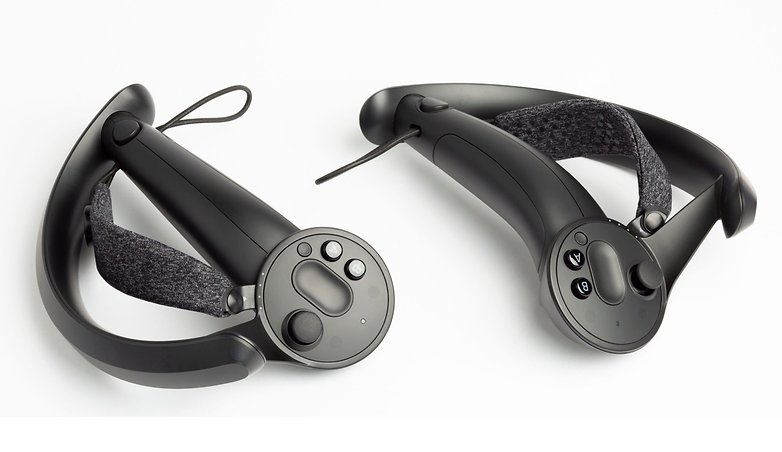
The controller is held to your hand using straps and there are 87 sensors in each controller which include those for finger placement and motion. They help track the position of your fingers and hands as well as how hard you are it pressing down. In theory, it’s possible to reach, grab and throw the objects using the setup, a functionality that was not realizable with the Oculus Touch and HTC Vive controllers. With the Valve’s Knuckle controllers, you will be able to reach out to something and grip it like in the real world. You will also be able to see your hands grabbing at something within the virtual world.
New base station sensors
There is also some improvement to the Valve’s original “Lighthouse” sensors. The original ones were popular with the users as they allowed for a more precise tracking of the user’s movements as they moved around the room. The Index utilizes the next generation of sensors which are known as Base Station 2 and which help users to track a much larger area. There are no IR blinkers and they are now using only lasers so they will play perfectly with other IR devices.
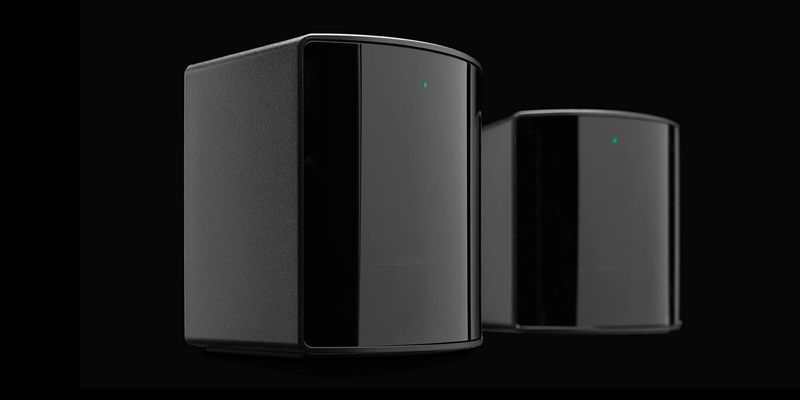
This is not Valve’s first foray into virtual reality hardware. Although the company has never shipped a VR headset, it’s been working behind the scenes on the technology for several years. The company also collaborated in the development of the Base Station technology that currently helps in driving the HTC Vive headset. The Valve Index virtual reality headset has in effect built on the technology that Valve had developed together with HTC for the Vive headset which was launched in 2016.
It was widely expected that Valve would announce its promised and much anticipated full-length VR games including Half-Life. However, this has not been the case and the company has remained tight-lipped about the progress of games which means that although the headset has some great specs, Valve would not be offering any enticing titles yet that will temp users on from day on. However, since the headsets will be shipped before July, there is still time for Valve to give users a sweet surprise. The headset will be available for pre-order from tomorrow and will be shipping before June 28.
https://virtualrealitytimes.com/2019/04/30/valve-index-revealed-top-end-virtual-reality-headset-to-ship-before-july/HardwareValve IndexVR HeadsetsAs earlier expected, game maker Valve has today revealed its Valve Index virtual reality headset, fully detailing the headset for the first time. Valve has also revealed that the headset will cost $999 and pre-orders begin tomorrow, Wednesday 1 May 2019. This is a very high starting price in a...Sam OchanjiSam Ochanji[email protected]EditorVirtual Reality Times - Metaverse & VR
